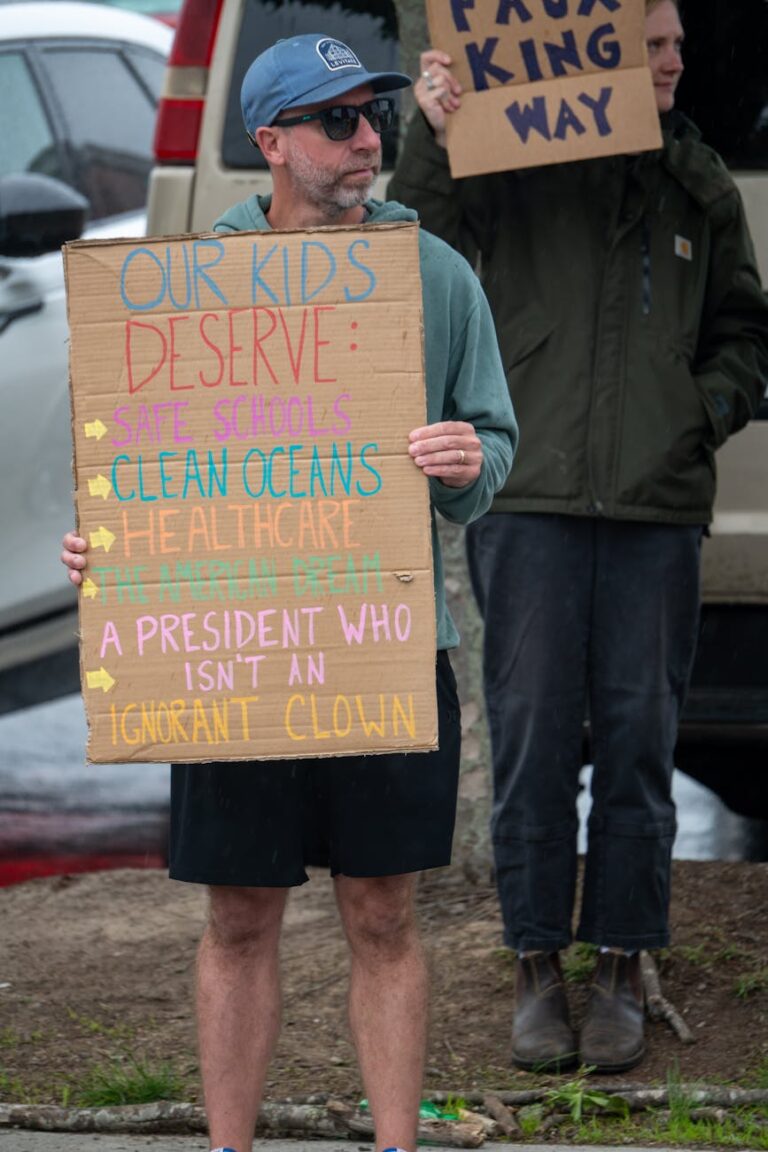- Trump Vows Full Force: Exclusive Plan to End Portland Protests
- Background: The Roots of Portland Protests
- Trump Vows Full Force: The Framework of His Plan
- 1. Deployment of Federal Agents
- 2. Strict Law Enforcement and Arrests
- 3. National Guard Activation
- The Impact And Public Reaction
- Lessons Learned: Balancing Security and Rights
- Conclusion
Trump Vows Full Force: Exclusive Plan to End Portland Protests
The ongoing unrest in Portland has been a focal point of national discussion, with widespread protests capturing headlines for months. Donald Trump, during his tenure as President, made it clear that he would deploy every available resource to bring an end to the turmoil. His approach, often characterized by force and federal intervention, sparked intense debate about the balance between security and civil liberties. This article explores his exclusive plan to end the Portland protests, analyzing the strategies he proposed, their implementation, and the broader implications.
Background: The Roots of Portland Protests
Before diving into Trump’s plan, it is essential to understand the context behind the protests in Portland. What began as demonstrations following the tragic death of George Floyd in May 2020 evolved into prolonged unrest involving multiple groups and incidents of violence. Citizens demanded police reform, racial justice, and accountability, while clashes occasionally escalated into property damage and confrontation with law enforcement.
The city found itself at a crossroads, trying to manage public safety while respecting the right to peaceful assembly. This delicate balance caught the attention of the federal government, which saw Portland as a test case for how to handle widespread protests that challenge authority.
Trump Vows Full Force: The Framework of His Plan
President Trump’s vow to apply full force was a signal he intended to take a no-nonsense approach. His plan focused on multiple key components:
1. Deployment of Federal Agents
Central to Trump’s strategy was the deployment of federal law enforcement personnel, including agents from the Department of Homeland Security (DHS), Federal Protective Service (FPS), and Customs and Border Protection (CBP). These officers were authorized to protect federal property and suppress violent activities near federal courthouses.
The presence of federal agents was pitched as a necessary measure to restore order when local authorities struggled to control escalating violence. However, critics argued that this federal presence exacerbated tensions and sometimes led to questionable detentions and the suppression of legally protected protests.
2. Strict Law Enforcement and Arrests
Trump’s plan emphasized strict enforcement of the law. This included targeting those involved in property destruction, assault, or other unlawful behavior. The administration instructed federal agents to aggressively pursue arrests to deter further violence.
This tough approach brought mixed results. On one hand, some argued it prevented further damage and vandalism; on the other, it raised concerns over the heavy-handedness and the potential infringement of protesters’ constitutional rights.
3. National Guard Activation
In addition to federal agents, the Trump administration supported the activation of the National Guard. While Oregon’s governor initially resisted, fearing that militarized response would escalate violence, the Guard was eventually deployed in various capacities to assist local law enforcement.
The activation of the National Guard was part of a broader tactic intended to showcase resolve and provide backup to overwhelmed police forces.
The Impact And Public Reaction
Trump’s exclusive plan stirred significant reactions nationwide. Supporters praised the firm stance as necessary to protect communities and federal assets. They contended that maintaining law and order is paramount and recognized the complexity of controlling such widespread unrest.
Conversely, civil rights organizations, local officials, and many protesters condemned the heavy use of force. They argued that it undermined democratic principles, escalated violence, and failed to address the underlying causes of the protests. The controversies around the use of unmarked vehicles and detainment without clear cause drew widespread criticism.
Lessons Learned: Balancing Security and Rights
The Portland protests and the Trump administration’s response highlighted a challenging dilemma: how to balance the enforcement of law and order with respect for civil liberties and the right to protest.
Effective policing in such situations requires transparent communication, trust-building with community leaders, and strategies that prevent escalation rather than provoke it. While force can offer temporary control, sustainable peace involves addressing grievances through dialogue, reform, and community engagement.
Conclusion
Trump vowed full force in his exclusive plan to end the Portland protests, deploying federal agents, increasing arrests, and activating the National Guard to restore order. While his approach reflected a commitment to law enforcement, it also raised profound questions about constitutional rights, the limits of federal intervention, and the complexities of managing civil unrest.
As the country continues to confront issues of justice and reform, the Portland experience serves as a critical case study. It underscores that real progress requires more than force—it demands understanding, accountability, and collaborative efforts between governments and communities to ensure lasting change.






